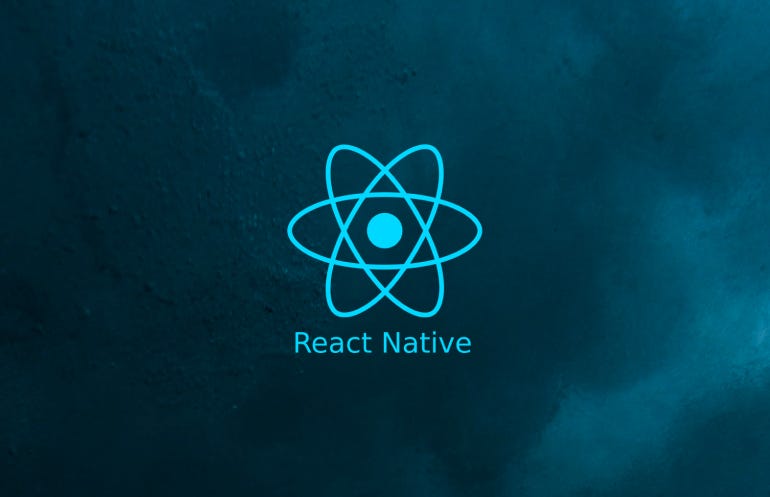Introduction to React Native Application Development
React Native has revolutionized mobile application development by enabling developers to create high-performance mobile applications using JavaScript and React. It bridges the gap between web and mobile app development, allowing for code reuse and rapid development cycles. In this comprehensive guide, we delve into the intricacies of React Native components and navigation, providing a deep understanding essential for anyone involved in React Native application development.
Key Components of React Native
Core Components
React native app development services provide a robust set of core components that serve as the building blocks for mobile applications. These components are highly customizable and cater to a wide range of functionalities.
- View: The most fundamental component in React Native, akin to a
<div>in HTML. It acts as a container for other components and supports layout with Flexbox. - Text: Used for displaying text. It supports styles for font, color, alignment, and more.
- Image: Essential for displaying images. It supports various image formats and allows styling and resizing.
- TextInput: A versatile component for accepting user input. It supports various keyboard types, styles, and input validations.
- ScrollView: Enables scrolling within a container. It supports both horizontal and vertical scrolling and can contain multiple components.

User Interface Components
React Native’s user interface components enhance the functionality and appearance of mobile applications. These components ensure a native look and feel across both iOS and Android platforms.
- Button: A simple component for user interactions, supporting touch events and styles.
- TouchableOpacity: A wrapper that captures touch events, providing feedback to the user.
- FlatList: Optimized for rendering large lists, it supports efficient scrolling and lazy loading of items.
- SectionList: Similar to FlatList but supports sectioned lists, making it ideal for categorized data.
Advanced Components in React Native
Native Modules
To harness the full potential of device features, React Native allows the integration of native modules. These modules enable access to platform-specific functionalities such as camera, GPS, and sensors.
Custom Components
React Native’s flexibility allows developers to create custom components tailored to specific needs. By composing existing components and adding unique styles, developers can craft a unique user experience.
React Native Navigation
Navigation is a critical aspect of any mobile application, significantly impacting user experience. React Native offers several libraries for implementing navigation, each with its strengths.
React Navigation
React Navigation is the most popular library for implementing navigation in react native application development. It provides a rich set of navigators, including stack, tab, drawer, and more.
- Stack Navigator: Manages a stack of screens, enabling push and pop navigation similar to web pages.
- Tab Navigator: Implements a tab-based navigation, allowing users to switch between different views using tabs.
- Drawer Navigator: Provides a drawer-based navigation, typically used for side menus.
React Native Navigation by Wix
This library offers a more native experience, integrating deeply with platform-specific navigation patterns. It is suitable for applications requiring complex navigation structures and high performance.
Top 20 react native components libraries you should know
Best Practices for React Native App Development
Code Organization
Organizing code effectively is crucial for maintaining scalability and readability. Adopting a modular approach, where components, styles, and utilities are separated, enhances code maintainability.
Performance Optimization
Optimizing performance is paramount in mobile applications. Techniques such as lazy loading, avoiding unnecessary re-renders, and leveraging native modules can significantly boost performance.
Testing and Debugging
Comprehensive testing and debugging ensure the reliability of React Native applications. Utilizing tools like Jest for unit testing, Detox for end-to-end testing, and React Native Debugger for troubleshooting can streamline the development process.
React Native App Development Services
Leveraging professional React Native app development services can expedite the development process, ensuring a high-quality end product. These services offer expertise in:
- Custom Application Development: Tailored solutions that meet specific business requirements.
- Cross-Platform Compatibility: Ensuring seamless performance across both iOS and Android platforms.
- UI/UX Design: Crafting intuitive and engaging user interfaces.
- Maintenance and Support: Providing ongoing support and updates to keep applications running smoothly.
Conclusion
Understanding React Native components and navigation is fundamental to mastering React Native application development. By leveraging the core and advanced components, implementing efficient navigation, and following best practices, developers can create robust and user-friendly mobile applications. Utilizing React Native app development services further enhances the development process, ensuring a polished and professional final product.



